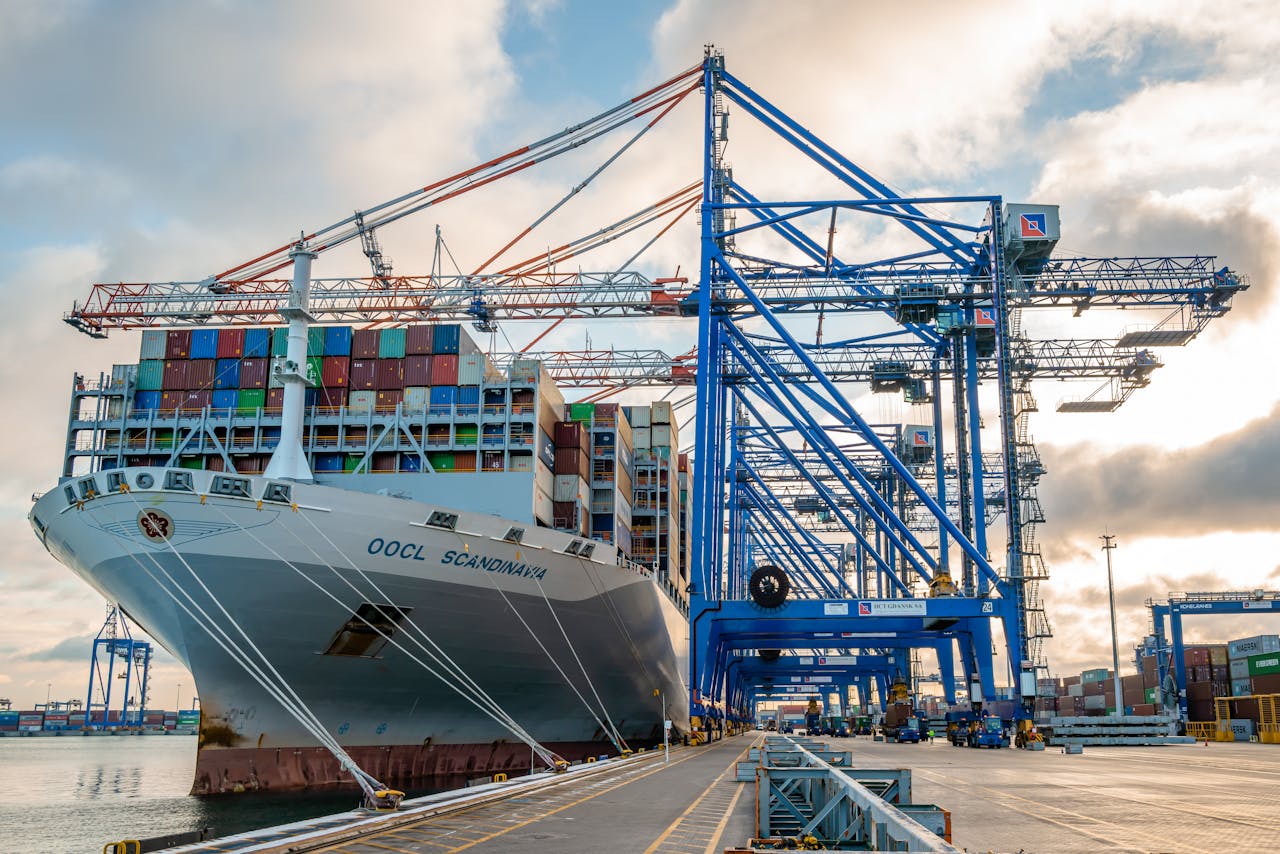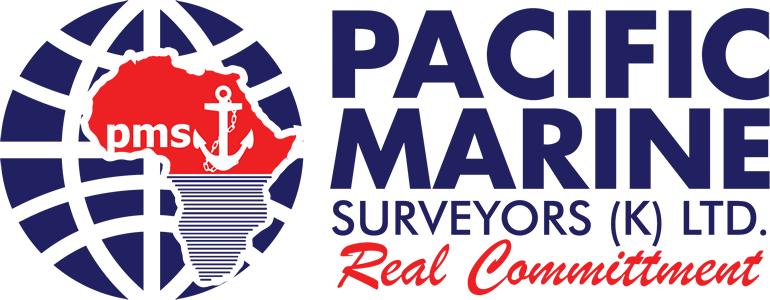
The maritime industry is undoubtedly a critical component of global trade, responsible for the transportation of goods across oceans and seas. However, this sector is not without its fair share of risks and challenges. In this blog post, we will explore the concept of maritime risk mitigation and how implementing strategies can effectively protect your valuable assets during sea transport.
Understanding Maritime Risks
Maritime risks are diverse and can range from adverse weather conditions and natural disasters to piracy and cargo theft. These risks have the potential to cause significant financial losses and damage to your assets. Understanding and mitigating these risks are vital to the safety and security of your goods and investments.
Risk Mitigation Strategies
Weather Monitoring and Route Planning
When it comes to maritime transportation, the weather plays a significant role. Storms and adverse weather conditions can pose a threat to both the vessel and its cargo. Implementing risk mitigation strategies such as continuous weather monitoring and route planning based on weather forecasts can significantly reduce the impact of inclement weather.
Security Protocols and Crew Training
Piracy and theft are ongoing concerns in the maritime industry. To protect your assets, it is essential to establish robust security protocols and provide comprehensive training for the vessel’s crew. These measures include anti-piracy drills, secure cargo stowage, and the use of advanced security technologies.
Cargo Loss Prevention
One of the most critical aspects of asset protection in maritime logistics is the prevention of cargo loss. Effective risk mitigation strategies in this area include:
Meticulous Cargo Inspection: Thorough inspections of the cargo, both before and after loading, are crucial. These inspections help identify potential issues that could lead to cargo loss during the voyage.
Cargo Securing: Proper stowage and securing of cargo within the vessel is essential to prevent shifting, damage, and potential losses during transit.
Regulatory Compliance
Compliance with international regulations and industry standards is a fundamental aspect of risk mitigation. Ensuring that your vessels adhere to safety and security regulations helps protect your assets and prevents costly legal liabilities.
Stay Informed and Adapt
In the ever-evolving maritime industry, staying informed about the latest developments and adapting to new risks is vital. This requires continuous monitoring of industry trends and implementing changes to risk mitigation strategies as necessary.
In conclusion, the maritime industry is fraught with risks, but with effective risk mitigation strategies, you can safeguard your valuable assets during sea transport. Implementing these strategies, which include weather monitoring, security protocols, crew training, and cargo loss prevention, is crucial to protecting your investments and ensuring the safety and security of your goods throughout their journey by sea.



